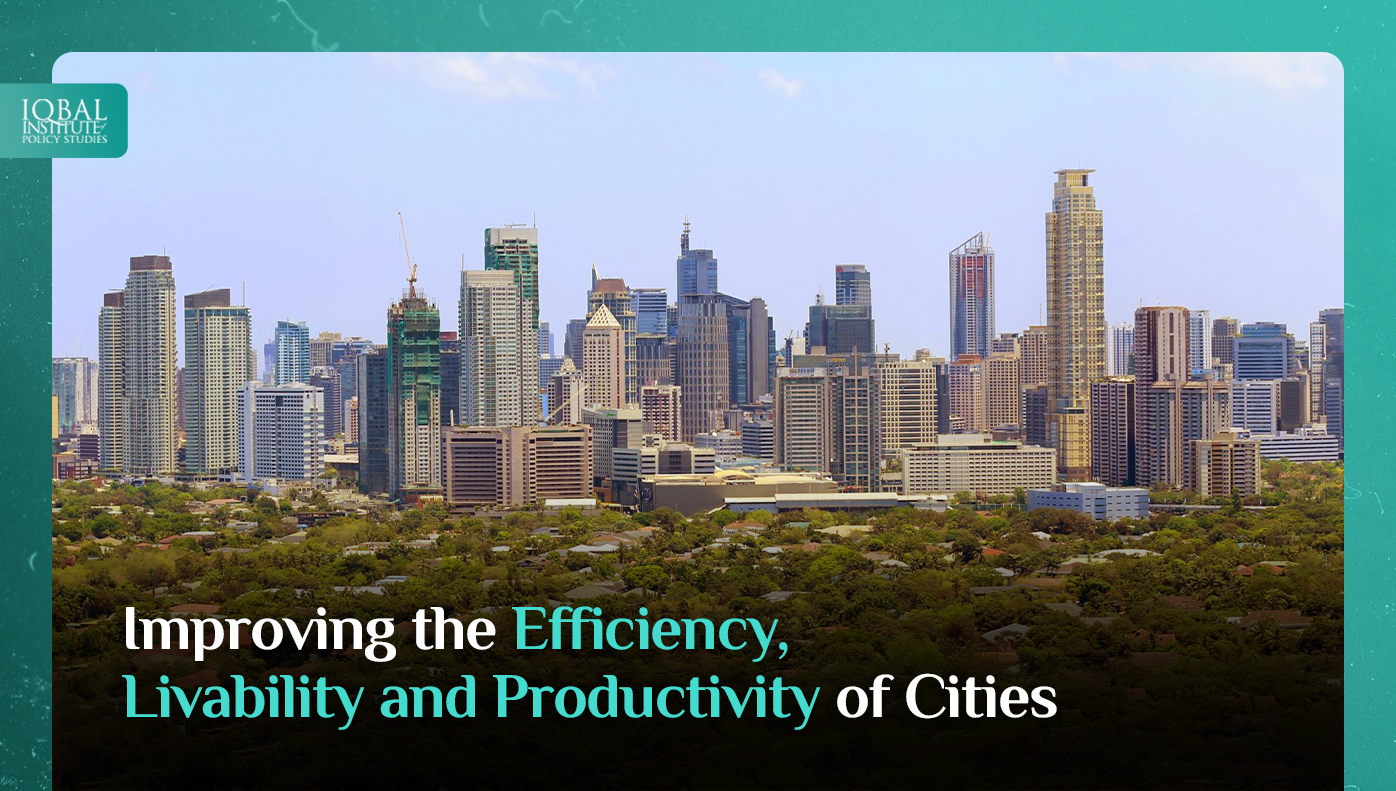Cities offer significant opportunities to improve human well-being, catalyse economic development, and serve as incubators for new ideas and innovation. Cities are engines of economic growth and prosperity, providing prospects for productive investments, well-paying jobs, and access to key institutions and services. Rapid urbanisation since the 1950s has provided most cities in the world with opportunities for growth and innovation through urban agglomerations and economies of scale. However, many cities also face various challenges that constrain their capacities to deliver services to residents and limit the realisation of a more sustainable urban future for all.
According to Asian Development Bank (ADB) report, the world’s urban population grew tremendously as the figure exceeds from 751 million in 1950 (30% of the total population) to 4.2 billion in 2018 (55% of the total population). Moreover, it is expected that it will increase to 5.2 billion in 2030 (60% of the total population) and 6.7 billion by 2050 (68% of the total population) (ADB).
However, with the increasing population, the challenges for urban spaces have been exacerbated which hinders their capacity to provide an efficient, livable and sustainable future to residents. Some of the common development issues faced by the cities are infrastructure deficits and overstretched public services, environmental stress and degradation, increased risk to disasters and climate change, unequal access and affordability issues, labour market disparities, and social cohesion at risk.
Notwithstanding, these challenges offer several opportunities for cities to improve well being and enhance socio-economic development by serving new ideas and innovations which can work for the sustainable development of cities. To convert these challenges into opportunities to improve the efficiency, liveability, and productivity of cities, there is a need to realise the potential of holistic, flexible, and participatory urban planning to integrate infrastructure investments and policy reforms, build strong urban institutions, generate knowledge, and promote regional cooperation.
To make cities liveable, city planners must work in green economy and green finance to create additional opportunities for cities. Diverting from traditional urbanisation models that result in extensive resource extraction, waste, and pollution, green economy models promote efficient uses of materials, protection and rehabilitation of ecosystems, and appropriate regulations for industries and markets. Green economies have the potential to create a net 18 million jobs globally by 2030 as cities across the world invest in low-carbon and resilient urban infrastructure and services.
To improve the efficiency and productivity of cities, national and local governments must work to increase competitiveness, efficiency, and innovation by improving land use and infrastructure planning in urban areas. Moreover, city planners need to focus on building newly emerging industries, service sectors, and sustainable tourism by supporting local entrepreneurship and innovation through proactive local economic development initiatives.
However, it is pertinent to mention that urban livability and prosperity cannot be pursued effectively without distinguishing larger cities from smaller towns. To become economically dense, efficient, and productive, cities require functioning land markets with formal ownership records and transfer procedures. Rural areas and their peri-urban small towns equally require land markets to function to enable mechanisms for consolidating land parcels in response to demand and to become more competitive.
Planning is needed across the urban space in the smaller towns to avoid the damage from encroachment and the urban sprawl that has already been inflicted on larger cities, to use land better by making cities denser and better connected, serviced, and better functioning. Infrastructure investment decisions need to be informed by appropriate investment planning to better identify, appraise, and monitor investment projects. Instituting better systems for public investment management is essential across urban institutions, and its principles need to be applied to intergovernmental transfers as well as direct investments.



Leave a Reply